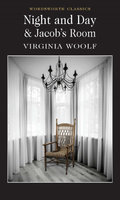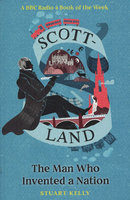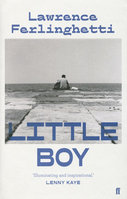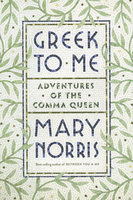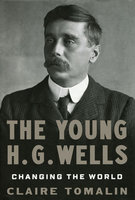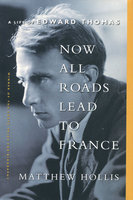New, Quality Books - 50-90% off, over 2500 titles
Your basket is empty.
Categories Last Chance to buy! BRIGHT STAR, GREEN LIGHT
BRIGHT STAR, GREEN LIGHT
Book number: 92867
Product format: Hardback
In stock
Bibliophile price
£4.75
Published price
£25
Customers who bought this product also bought
|
|
SCOTT-LAND: The Man Who Invented a Nation
Book number: 92333
Product format: Paperback
Bibliophile price
£6.00
Published price
£12.99
|
LITTLE BOY
Book number: 92882
Product format: Hardback
Bibliophile price
£5.00
Published price
£14.99
|
|
GREEK TO ME: Adventures of the Comma Queen
Book number: 92731
Product format: Hardback
Bibliophile price
£6.00
Published price
£14.99
|
YOUNG H. G. WELLS: Changing the World
Book number: 93432
Product format: Hardback
Bibliophile price
£4.00
Published price
£20
|
NOW ALL ROADS LEAD TO FRANCE
Book number: 93585
Product format: Hardback
Bibliophile price
£4.00
Published price
£25
|
Browse these categories as well: Last Chance to buy!, Literature & Classics, Historical Biography

